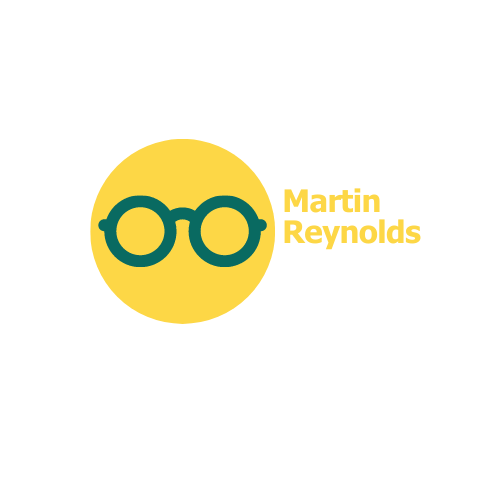Navigating Refractive Errors: Understanding Myopia, Hyperopia, and Astigmatism
Refractive errors are common vision problems that occur when the shape of the eye prevents light from focusing directly on the retina. These errors can cause blurred vision, making it difficult to see objects clearly. The three most common types of refractive errors are myopia, hyperopia, and astigmatism. Understanding these conditions and how to navigate them is essential for maintaining good eye health and achieving optimal vision.
Sub-heading: Understanding Myopia, Hyperopia, and Astigmatism
1. Myopia (Nearsightedness)
Myopia, also known as nearsightedness, is a refractive error that affects a person’s ability to see distant objects clearly. Individuals with myopia can see nearby objects clearly, but objects in the distance appear blurry. This occurs when the eyeball is slightly longer than normal or when the cornea is too curved. Myopia often develops during childhood and may worsen during the teenage years. Myopia can be corrected with eyeglasses, contact lenses, or refractive surgery.
2. Hyperopia (Farsightedness)
Hyperopia, or farsightedness, is a refractive error that affects a person’s ability to see nearby objects clearly. Individuals with hyperopia can see distant objects relatively well, but their close-up vision is usually blurry. Hyperopia can be caused by an eyeball that is shorter than normal or a cornea that is flatter than it should be. This condition can occur at any age, and while younger individuals may experience clearer vision due to their focusing ability, hyperopia can become more problematic as they age. Corrective options for hyperopia include eyeglasses, contact lenses, or refractive surgery.
3. Astigmatism
Astigmatism is a refractive error that occurs when the cornea or lens has an irregular shape, resulting in blurred or distorted vision. Unlike myopia and hyperopia, which affect either distant or close-up vision, astigmatism can affect vision at any distance. Individuals with astigmatism may experience symptoms like blurry vision, eyestrain, and headaches. This condition can occur alongside myopia or hyperopia. Astigmatism is usually present from birth and often remains stable throughout one’s life. Eyeglasses, contact lenses, or refractive surgery can effectively correct astigmatism.
Sub-heading: Navigating Refractive Errors
1. Regular Eye Exams
Regular eye examinations are crucial in navigating refractive errors. Eye care professionals can diagnose these conditions and determine the most suitable corrective measures. It is recommended to have comprehensive eye exams every one to two years, or as recommended by an eye doctor.
2. Corrective Options
Fortunately, there are several options available to correct refractive errors. Eyeglasses are a common choice, offering a simple and non-invasive solution to improve vision. Contact lenses, available in a variety of types, can be a more discreet option for those who prefer not to wear glasses. Refractive surgery, such as LASIK or PRK, is a permanent solution that reshapes the cornea to fix the refractive error. However, surgery may not be suitable for everyone, and an eye care professional can assess individual eligibility.
Bullet list:
– Myopia is nearsightedness, wherein distant objects appear blurry.
– Hyperopia is farsightedness, causing close-up objects to appear blurry.
– Astigmatism results in blurry or distorted vision due to an irregular cornea or lens shape.
– Regular eye exams are vital for diagnosing and managing refractive errors.
– Corrective options include eyeglasses, contact lenses, and refractive surgery.
Overall, refractive errors such as myopia, hyperopia, and astigmatism impact millions of individuals worldwide. It is essential to understand these conditions and seek professional guidance to ensure optimal eye health and maintain clear, comfortable vision. By staying informed and seeking regular eye care, individuals can navigate refractive errors effectively and improve their quality of life.
